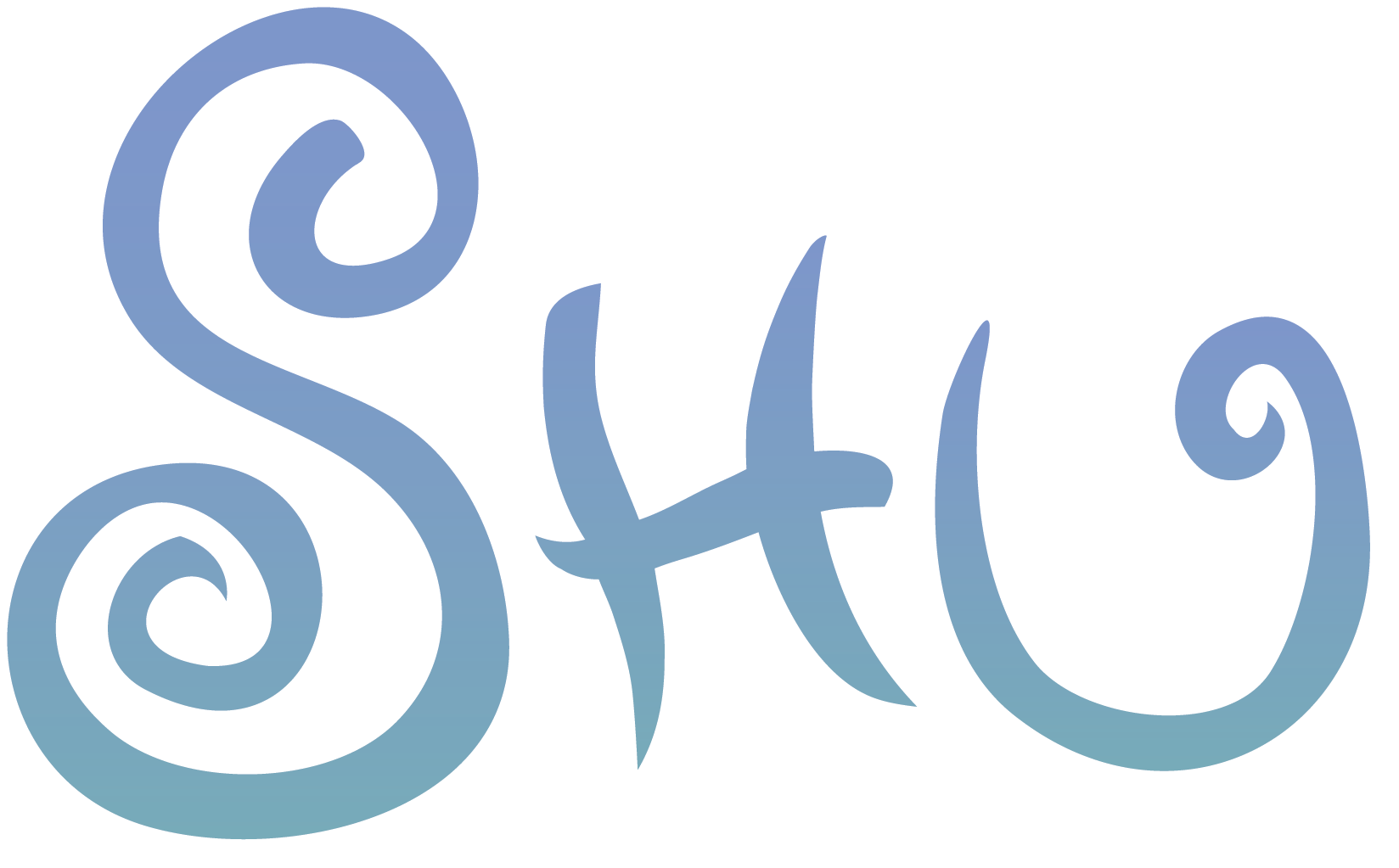
Reviewed by Doug Waters
Edited by Sam Hughes
Developer: Coatsink Software
Composer: Ross McWilliam
Sound Design: Simon James
Reviewed on: PC, Steam
Created by Coatsink Interactive, the developers of the Esper series and co-developer of Gang Beasts, comes Shu. A beautifully colorful action-adventure platformer, full of quirky hand-drawn characters and ever changing mechanics, ensuring that each level presents new and unique challenges.
You play as Shu, who goes on a desperate journey to survive and save his friends as a great and terrible, monstrous storm threatens to destroy everything! With each set of levels, we’re introduced to new characters, whose unique abilities present us with different ways to play and complete levels.
At EGX Rezzed 2016, earlier this year, I had the opportunity to play a short demo version of Shu. Despite the difficulty of this snippet of the game, I instantly fell in love with the art style. I distinctly remember spending more time playing Shu than nearly any of the other games I played that weekend! (even coming back on day 2 to eventually beat the demo)! Needless to say I was excited for the full release, and when it was released on 4th October I must’ve been one of the first to pick it up. We also reached out to the game’s sound designer, Simon James, to ask him some questions, and it’s with great pleasure that I’m able to present a closer look at the audio of Shu!

Music
All of the music for Shu was written by sound designer and composer, Ross McWilliam, and heavily features ‘traditional’ stringed and percussive instruments. Shu is set in a mystical world, devoid of modern technologies, where the dominant species are a race of humanoid bird-like creatures, seemingly divided into tribes/villages, spread throughout the world.
With each set of new levels, the music changes to fit the setting, but also manages to keep a pace with the progression of the story, as we edge ever closer to discovering what the encroaching storm is. The ‘ambient’ music of each of these levels, despite being repetitive in places, never seems to tire on the ears. Towards the start of the game, it can be incredibly light and almost soothing to listen to, as it seeks to draw you into the world of the game.
As you progress through the game, the instrumental layers of the first area’s music, seem to drop away, being replaced with darker and darker sounding ambiences and synth lines. The music nearly tells the story entirely by itself! At times full of wonder, and at others it gives the sense of ominous and unknown perils.
Towards the end of each set of levels Shu and company must outrun the monstrous and beast-like storm. In this moment the music changes suddenly, the player presented with word ‘RUN’ in large on the screen, and all at once we’ve gone from peacefully exploring the level to a heart-pumping race for our lives! So intense and quick is the change, it catches you a little off-guard, and you feel a sudden sense of bewilderment and fear. The music perfectly supports this feeling, and helps the player to identify that they should now be moving at a much faster pace than before. Staccato string lines and brass dominate the score, until at last we reach the end of the chase, and temporarily push back the storm. This end level sequence is easily one of the strongest musical (and sound design) moments of the entire game!
It was also nice that the music changed and was stripped away upon entering caves or hidden areas of the levels. This change allowed me to recognize and learn that I’d stumbled across an area of interest, that I didn’t need to explore this area to complete the level, but that a collectible treasure wasn’t too far away!
Generally the musical transitions seem to work well, however they can occasionally be very abrupt. Whilst this worked in the case of telling players to run from the storm, in one particular case when jumping on the back of a ride-able bird-ox. It seems, in this moment, it was perhaps to inform the player that it wasn’t the end of the level just yet; that by jumping on the creature they’ve started a whole new section.
Sound Design
It’s worth noting here that, despite at the time of writing this not having fully completed the game, I feel it’s safe to determine that there is no dialogue in the game; not in the traditional sense of spoke word anyway! Instead each of the individual characters that Shu meets has a unique ‘voice’, the sounds of which are triggered when using their specific ability; whether that be Lati’s sighing when opening and closing flowers or Okoro’s ‘ooooh’ when treading water. Whilst this was a great and effective way of further characterizing each of the unique companions, these sounds can get very repetitive, especially when there seems to be only three variations for each. This is particularly noticeable when the player is required to use an ability multiple times in a very short time window, and is especially noticeable when riding the ‘bird-ox’ as every jump and ‘charge’ motion triggers a sound. However, for the character Joro, his vocalizations don’t seem as repetitive since these are layered with the sounds of breaking wood when performing his ground smash ability.
This layering of vocalizations with other sound effects was used for every character, yet it seemed more effective for certain companions than others. Although the combination of Okoro’s ‘oooh’ing with a subtle twinkling worked well for representing the lightfooted-ness of the characters whilst running across water, the twinkling sound itself seemed to cut off abruptly far too suddenly after leaving the water. I did however particularly enjoy the processing applied to sounds whilst using Pasu & Posu’s time slowing ability, this just seemed so unique in contrast with other characters, and I would’ve loved to have more interesting audio things going on with other companions similarly to this.
This kind of repetition was also found in the jumping sounds, which seemed to similarly be comprised of just three different samples triggered randomly. And the sound of Shu’s own ability, seemed to only be one triggered sound as the player opens their wings to glide; given that this was a sound the player is doing to hear throughout the entire game, I would have thought it would at least have the same of the three variations that other abilities did. However, in such a platformer, the animations for such abilities as jumping and gliding rarely change; this raises the question, if the animations in a game don’t change, why should the sound? As this might surely expose the repetitions in the audio system? Certainly a topic for thought!

Character vocalizations aside, there is some truly great sound design in this game. These are largely present in the sounds of the level’s environments, from the flowing waterfalls to crumbling bridges. One of my favourites was the sound of what I can only describe as ‘bouncy plants’, the squishiness and resonant ‘boing’ give you a great sense of the plant’s physical properties. Occasionally the player will have to traverse a number of wooden water-wheels, the huge creaking sounds perfectly communicating to the player the size of the construct that dwarfs Shu and their companions.
Nearly all of the environment based sounds in the first number of level sets seemed to be made up of lots of natural recordings, lightly processed and layered to fit with the visuals. It was a nice change when, noticing during later levels, that sounds were more heavily processed and synthetic in tone and timbre. This was most prominent during the final level set, in the glass walls and platforms that shatter and reform themselves after the player interacts with them. It was these sounds, and similar, that seem to characterize so well each individual area that Shu travels too, telling you so much more about the environments than just what the visuals can achieve alone.
We had the opportunity to ask Shu’s sound designer, Simon James a few questions regarding his work on the title:
 TSA: Before we begin, would you mind telling us a bit about yourself and your journey into game audio so far?
TSA: Before we begin, would you mind telling us a bit about yourself and your journey into game audio so far?
SJ: “I started my career in audio a few years ago working as a freelance sound designer, I worked on projects in most areas of sound design before focusing in on game audio. After a couple of titles out on my own I was brought onto to the team at Coatsink and dived straight into the world of Shu. Since being at Coatsink I’ve also had the chance to work on titles such as Esper 2 and other VR projects which have been a great opportunity to learn and explore immersive audio.”
TSA: So when implementing the sound and music for SHU, what audio middleware were you using (if any)? And why did you feel this was better than using the alternatives?
SJ: “I used FMOD from my first day on the project. At the time I was familiar with both FMOD and Wwise but felt more comfortable in the FMOD environment due to it’s similarity to a typical DAW.”
TSA: Were the sounds used in the game mostly created through synthesis or recorded ‘foley’?
SJ: “Due to Shu being in a natural environment for the most part, I found myself hunting down sounds from the real world such as rocks, dirt, debris and foliage. Each world has it’s own theme which are based on environments like forests, cliffs, the coast etc. so their sound pallets all came from real world recordings. The exception being the last world which has a futuristic feel and gave me the chance to go all out with sci-fi synthesis. Which was nice change of pace from the rest of the worlds.”

TSA: When creating the sounds were there any interesting recording techniques you used?
SJ: “Recording wise there probably wasn’t anything out of the ordinary I was doing. I did recruit some of the other staff in the office and my girlfriend to voice the characters in the game, it’s all gibberish which made for interesting recording sessions! I simply put a mic in front of them, gave them some basic direction and recorded whatever weird noises they could make.
The FMOD based technical sound design was the time when coming up with creative techniques came in to play. Balancing the dynamic ambience, music and storm sfx was tricky but after a lot of trial and error we came up with a method using event nesting. This created a sort of master mixing event per world which was easy to control with parameters. A few problems arose down the road but I guess the trial and error never ends, every day is a learning experience.”
TSA: Were there any sounds that were particularly tricky to design and/or implement?
SJ: “The storm sounds were definitely the trickiest sounds to design and implement. There’s so much going on that deciding what to focus on at any given time was difficult to balance. There’s the rumbling wind and thunder, debris flying around, the storms roar and the music. Fine tuning snapshots, and a programmer with plenty of patience were imperative to finding the right balance. The roar of the storm took a while to get right too, there are layers of farm animals, garage doors and a few sessions of me growling in to the mic for good measure.”

TSA: Do you have any favourite moments in the game involving the sound or music?
SJ: “I love the whole soundtrack, it was a pleasure to work with such great material from the composer on the game Ross Mcwilliam. If I had to pick I think my FAVOURITE track it would be the Main Theme.
Sound design wise, the glass platforms in the final world were probably the most fun and effective in the game. They’re one of the first synthetic sounds you hear, if you’ve played right through they stand out quite a bit from everything else you’ve heard. Some of the collectable sounds worked out really well too, through use of snapshots you’re able to really bring them forward out of the mix.”
Conclusion
Whether you’re drawn in by it’s colorful art style, it’s music or the challenge of ever changing mechanics, player will always find something to enjoy in Shu (as well as it being highly addictive)! Despite the lack of character vocal variations the game’s audio recovers well in the environment sounds and the strong synchresis and ‘world-building’ they provide. If you’re a fan of classic platformer games, with a bit of twist, then I highly recommend considering Shu, who knows, this just might be your new favourite!
Shu is available now on PlayStation 4 and Steam (Windows only), be sure to pick up the ‘Shu & Soundtrack‘ bundle, including the base game and the OST featuring over 30 minutes of original music!
Links
Official
We hope you enjoyed Doug’s review, check out others in our Reviews section. Don’t forget to sign up to our Monthly Newsletter to make sure you don’t miss out on our reviews and interviews.
We’re also running a Patreon campaign to make sure we can keep bringing you regular, high quality content if you’re feeling generous! Thanks for even sharing!
The Sound Architect




